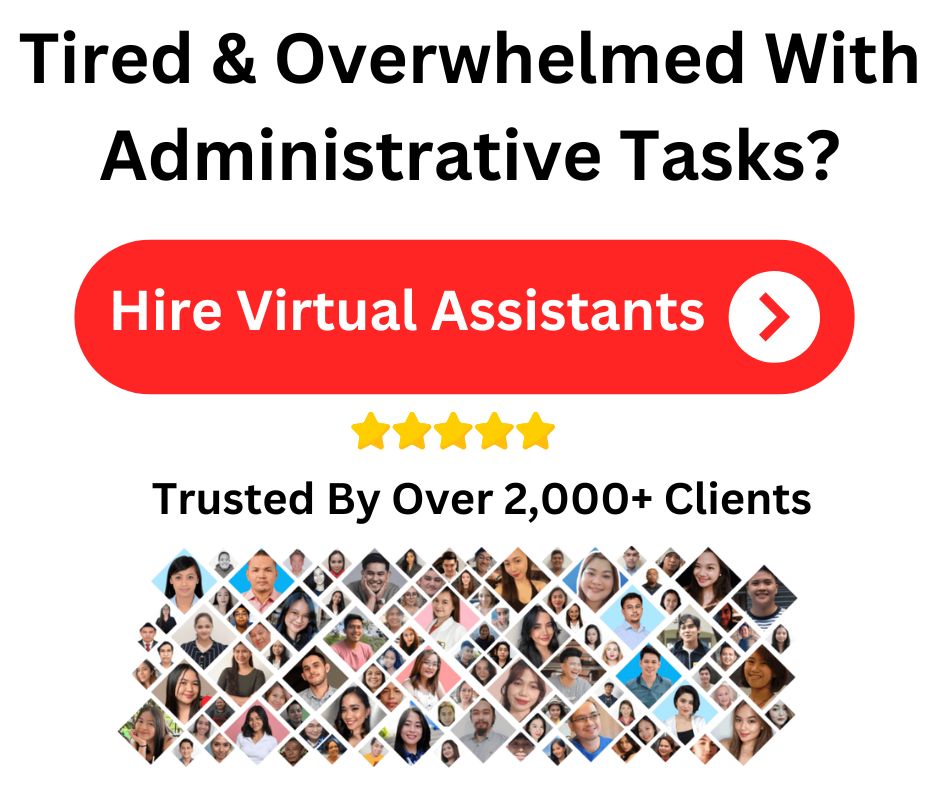50 Online Branding in Business Terms
In today’s digital age, having a strong online presence is crucial for businesses to succeed. Online branding refers to how a company presents itself and its products or services on the internet. It encompasses everything from the design of a website to social media presence and online reputation management.
The importance of online branding cannot be overstated in today’s highly competitive market. With the majority of consumers turning to the internet for their purchasing decisions, a strong online brand presence can make or break a business. It allows companies to reach a wider audience, build trust and credibility, and stand out from competitors. Online branding also provides valuable insights into consumer behavior and preferences, allowing businesses to tailor their marketing strategies effectively. In short, a solid online branding strategy is key to thriving in the digital landscape and staying ahead in the business world. So, it is essential for businesses to understand the significance of online branding and invest in creating a strong online brand image. It not only helps attract customers but also fosters long-term relationships with them. In this guide, we will explore the fundamentals of online branding and how it can benefit your business in the long run.
-
Brand Identity: The visual and verbal representation of a brand, including its logo, colors, and messaging.
-
Brand Positioning: How a brand is perceived in relation to its competitors in the market.
-
Digital Presence: The overall visibility of a brand on digital platforms, including websites, social media, and online advertising.
-
Online Reputation Management (ORM): Strategies to monitor and maintain a positive image of a brand on the internet.
-
Brand Consistency: Ensuring uniformity in branding elements across all online channels to reinforce a cohesive brand image.
-
Brand Guidelines: Documented rules and standards that define how a brand should be presented across various platforms.
-
Social Media Branding: Crafting and maintaining a consistent brand presence on social media platforms.
-
Content Marketing: Creating and sharing valuable content to attract and engage target audiences.
-
Search Engine Optimization (SEO): Techniques to improve a brand’s visibility in search engine results.
-
Brand Storytelling: Using narratives to communicate the brand’s history, values, and mission.
-
Branded Hashtags: Unique hashtags associated with a brand’s campaigns or events for increased visibility.
-
Influencer Marketing: Partnering with influential individuals to promote a brand or product.
-
User-Generated Content (UGC): Content created by users or customers that showcases their experiences with a brand.
-
Online Community Building: Fostering a community of engaged followers and customers around a brand.
-
Email Marketing: Using emails to communicate with and nurture relationships with customers.
-
Responsive Website Design: Ensuring that a brand’s website is optimized for various devices, including mobile phones and tablets.
-
Domain Authority: A measure of a website’s credibility and influence in search engine rankings.
-
Branded Apps: Developing mobile applications that carry the brand identity and provide value to users.
-
Online Advertising: Paid promotion of a brand through various online channels, such as display ads and pay-per-click campaigns.
-
Landing Page: A specific webpage designed for a marketing or advertising campaign, focused on a particular call-to-action.
-
Conversion Rate Optimization (CRO): Improving the percentage of website visitors who take a desired action.
-
Click-Through Rate (CTR): The percentage of people who click on an online ad or link compared to the total who saw it.
-
Social Listening: Monitoring social media channels to understand what customers are saying about a brand.
-
Brand Ambassador Program: Enlisting individuals to represent and promote a brand on social media or other online platforms.
-
Google My Business: A tool that helps manage a brand’s online presence across Google, including maps and search.
-
Retargeting: Showing ads to users who have previously visited a brand’s website or engaged with its content.
-
Geotargeting: Delivering content or ads to a specific audience based on their geographic location.
-
Online Survey: Gathering feedback and insights from customers through digital survey tools.
-
Ephemeral Content: Short-lived content, such as stories on platforms like Instagram and Snapchat.
-
Chatbots: Automated chat systems that interact with users on websites or messaging platforms.
-
Augmented Reality (AR): Integrating computer-generated elements into the real world, often for interactive brand experiences.
-
Virtual Reality (VR): Creating immersive digital environments for brand engagement.
-
Webinars: Online seminars or presentations conducted over the internet for educational or promotional purposes.
-
Customer Engagement: Strategies to actively involve and interact with customers online.
-
Analytics: Using data and metrics to measure the effectiveness of online branding efforts.
-
Conversion Funnel: The stages a customer goes through, from awareness to conversion, in the online buying process.
-
Personal Branding: Building and promoting an individual’s brand identity online, often relevant in influencer marketing.
-
Brand Trust: Establishing credibility and reliability in the eyes of online audiences.
-
Chat Marketing: Engaging with customers through messaging apps for personalized interactions.
-
Brand Advocacy: Encouraging satisfied customers to become advocates who promote the brand online.
-
Podcasting: Creating and distributing audio content that aligns with the brand’s messaging and values.
-
Live Streaming: Broadcasting real-time video content to engage with audiences in the moment.
-
Blockchain Branding: Leveraging blockchain technology for transparency and authenticity in online transactions.
-
Web Accessibility: Ensuring that a brand’s online content is accessible to individuals with disabilities.
-
Cybersecurity: Protecting the brand and its online assets from cyber threats and attacks.
-
Branded Merchandise: Physical items featuring the brand logo or messaging, often sold or given away for promotional purposes.
-
Inbound Marketing: Attracting and engaging customers through valuable content and experiences.
-
Cross-Channel Marketing: Coordinating marketing efforts across various online channels for a unified brand experience.
-
Data Privacy Compliance: Adhering to regulations and standards to protect customer data and privacy.
-
Multichannel Customer Service: Providing consistent and responsive customer support across multiple online channels.
Conclusion
To wrap up, online branding is an essential aspect of modern business that cannot be ignored. From creating a strong brand voice to utilizing social media platforms, there are various strategies and techniques that can help establish and maintain a successful online brand presence. By incorporating the right tone of voice in your content, you can effectively connect with your audience and showcase your brand’s unique identity and values. So don’t underestimate the power of online branding for your business success! Start implementing these strategies today and see the positive impact it can have on your brand’s reputation and growth.









